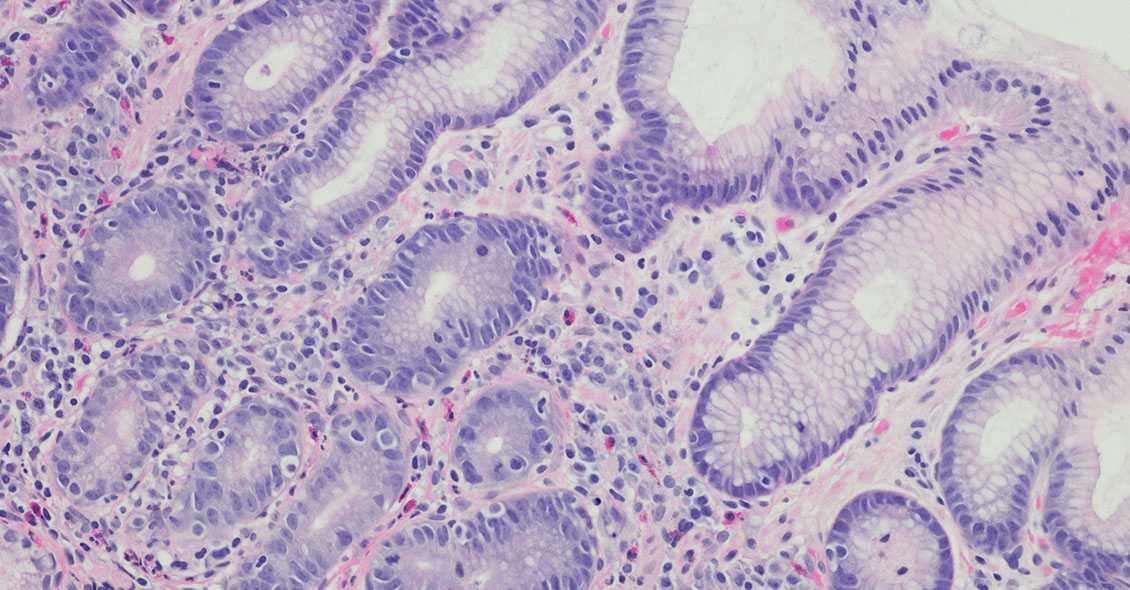- 35% of Americans have H pylori 1
- In the US, H pylori is more prevalent among older adults, African Americans, Hispanics, and lower socioeconomic groups5
- H pylori-related damage can lead to peptic ulcer or gastric cancer for 20%–25% of patients2

More than half the world’s population is infected with H pylori.3 It’s the cause of most ulcers (90%), and roughly 25 million Americans suffer from peptic ulcer disease at some point in their lifetime.4

American Gastroenterological Association (AGA) guidelines recommend H pylori infection testing for patients with the following conditions and/or circumstances.2,3
If H pylori infection is identified and treated, testing to monitor treatment should be performed using a urea breath test, stool antigen test, or biopsy-based testing.2 We offer resources for your patients to learn more about H pylori testing.

The AGA recently updated its guidelines for H pylori testing, moving away from serologic testing and citing a preference for the urea breath test (UBT) and stool antigen test.2

Recommended by the AGA, both the UBT and stool antigen tests can measure active H pylori infection. They’ve been shown to be substantially similar and can be used interchangeably.7
UBT:
Stool antigen test:
*The CPT codes provided are based on AMA guidelines and are for informational purposes only. CPT coding is the sole responsibility of the billing party. Please direct any questions regarding coding to the payer being billed.
Quest provides a better, simpler lab experience, allowing you to:
Learn more about our H pylori infection testing.
Download flyer
Connect with us today, and a Quest sales representative will be in touch
References
|
Terms of Use | Privacy Notices | Contact Us | QuestDiagnostics.com | Privacy Shield | Your Privacy Choices
Quest, Quest Diagnostics, any associated logos, and all associated Quest Diagnostics registered or unregistered trademarks are the property of Quest Diagnostics. All third-party marks—® and ™—are the property of their respective owners. © 2025 Quest Diagnostics Incorporated. All rights reserved. |